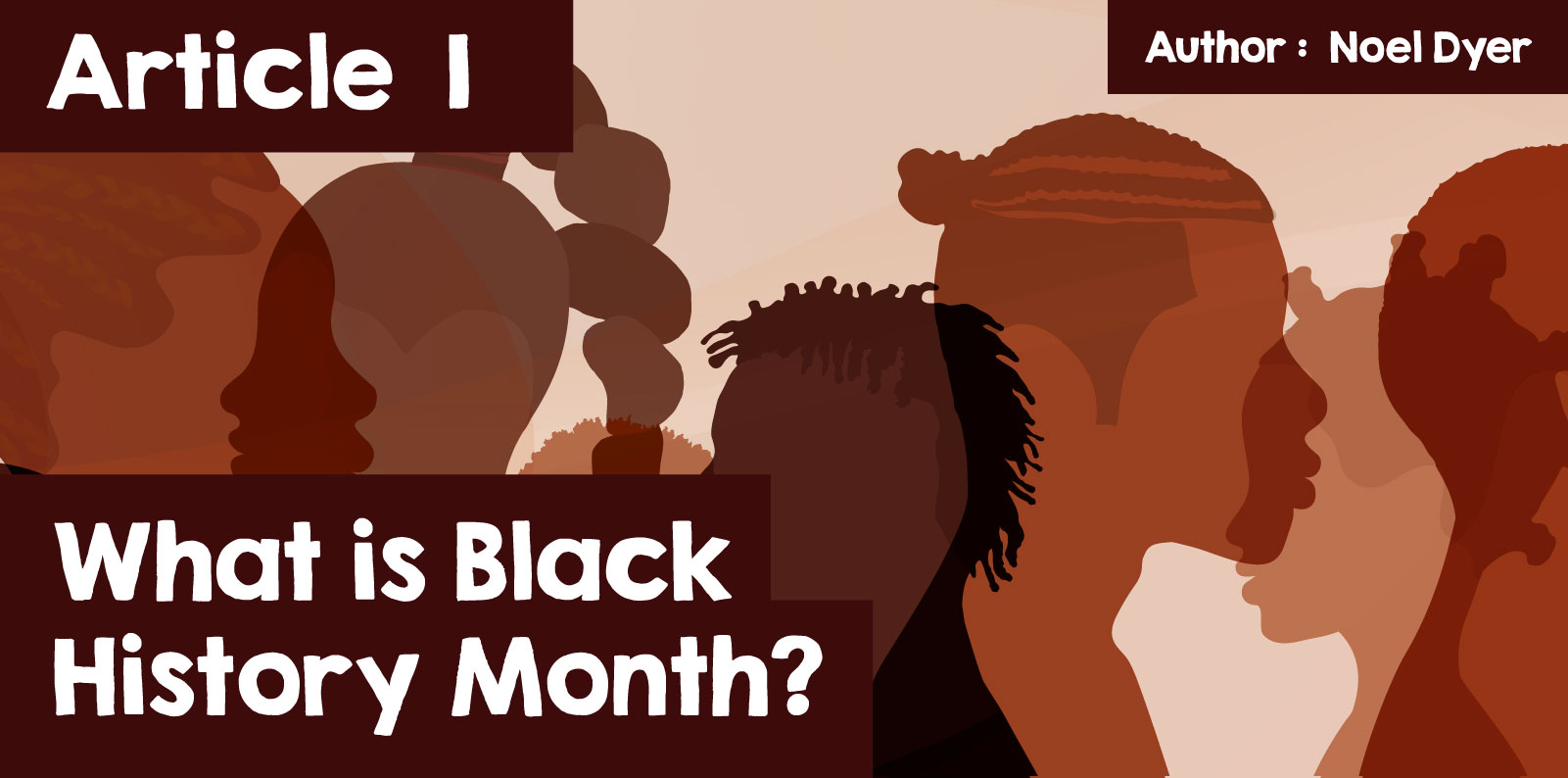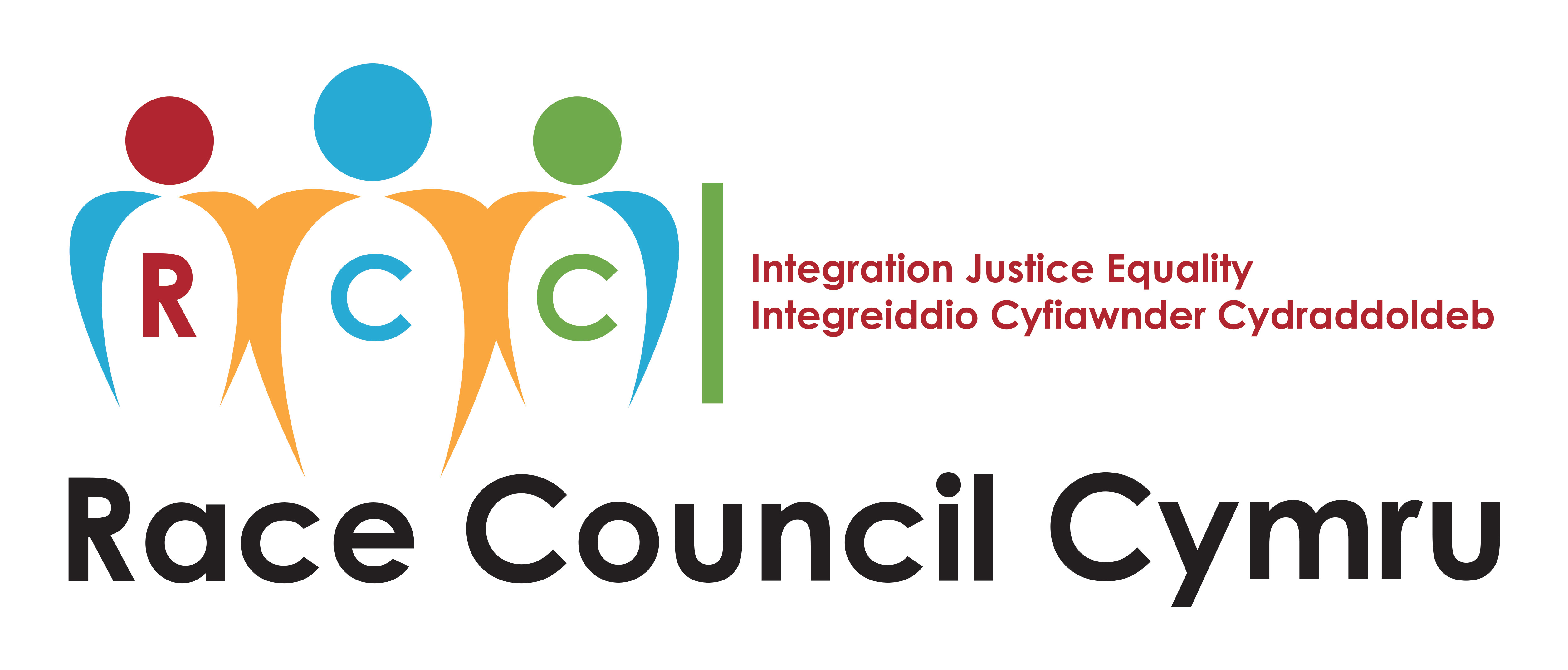| Dewi Sant | Owain Glyndŵr | Llywelyn Fawr |
|---|---|---|
| Yr Esgob William Morgan | Ann Griffiths | Dic Penderyn |
| Betsi Cadwaladr | David Lloyd George | Gwynfor Evans |
Here are some of the big names in the history of Wales – but what do they have in common? For one, they are all white people. The fact that people of colour are missing has made people ask why is there no attention to black people in our history? This led to the idea of having a dedicated month to explore the history of people from different backgrounds in the history of Wales, like other countries.
The name of this month is Black History Month. This month originated in the United States of America. It was established to give attention to the history of African people and their descendants across the world. It is celebrated throughout October every year. The month is inspired by the sense of fairness and respect towards people from different backgrounds. The emphasis is on the need for fairness for everyone, and this is supported by the Welsh Government and organisations such as Black History Wales and Race Council Cymru.This also led to DARPL work (Diversity and Anti Racist Professional Learning) - DARPL - Diversity and Anti-Racism Professional Learning
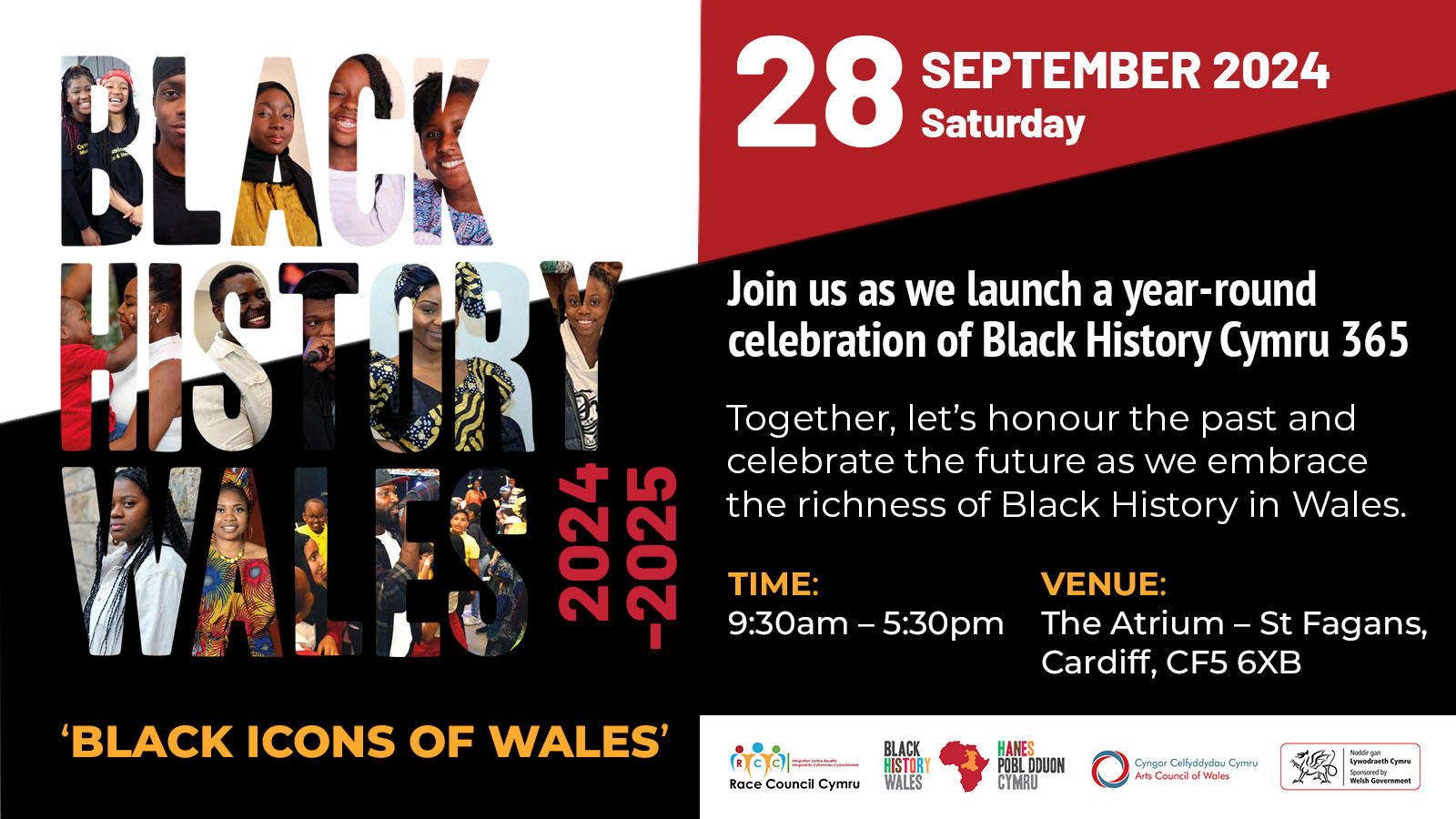
|
|
Who was John Ystumllyn?
John Ystumllyn was born around 1738 and he is the first black person in North Wales whose life is fairly well documented. There is uncertainty where exactly he came from, but he likely came from Africa or the West Indies as part of the slave trade. Nevertheless, he was taken by the Wynn family to their Ystumllyn estate near Cricieth where he was given the name John Ystumllyn.
He then learnt Welsh and English from the local people. He learnt gardening skills and craftmanship and worked on the Wynn family estate. He grew into a 'strong and handsome young man' according to one description of him. He began a relationship with a local girl named Margaret Gruffydd. He left his work in order to follow her, and they married and had seven children. He returned to work at Ystumllyn, and as thanks for his hard work Ellis Wynn gave him and his family a cottage and a garden. John Ystumllyn died in 1786.
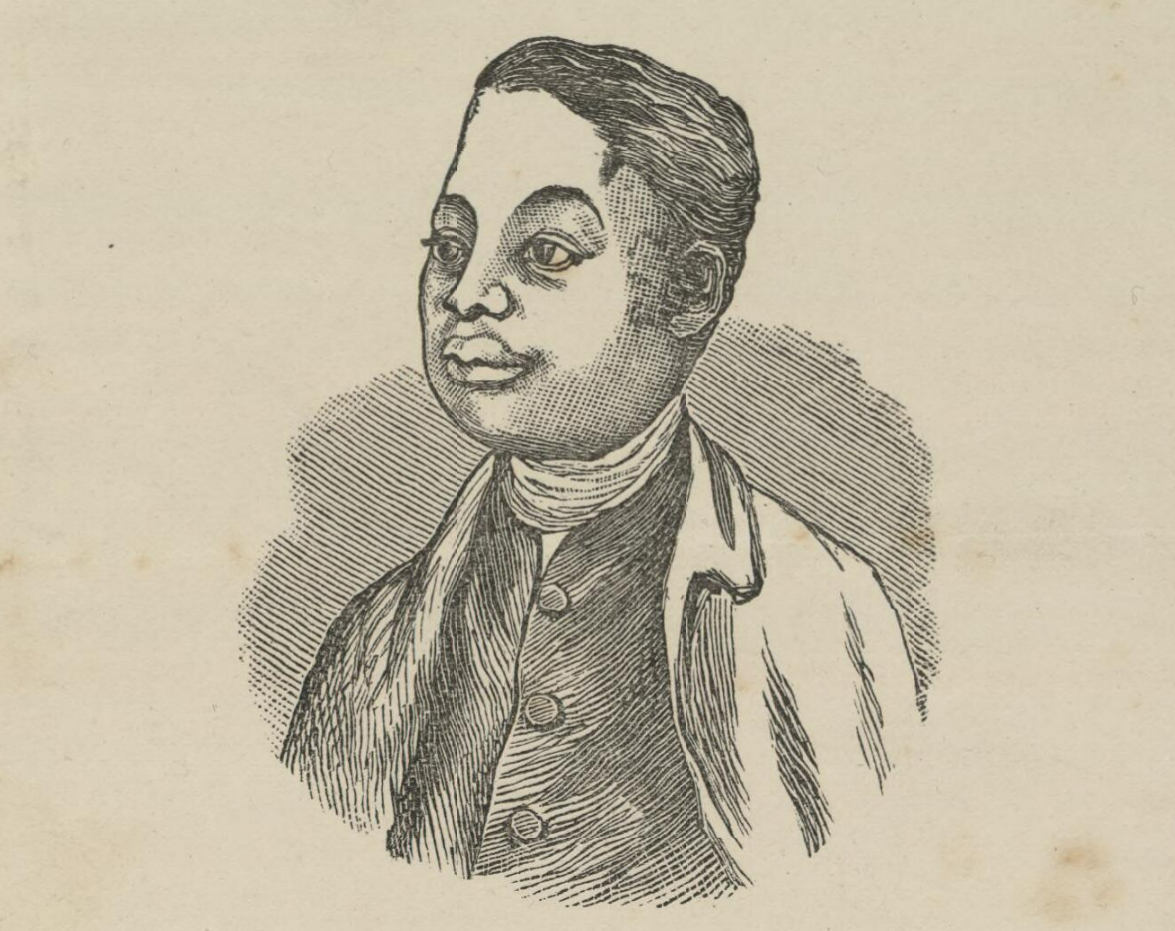
© Llyfrgell Genedlaethol Cymru / National Library of Wales
According to the Cadw website (Welsh Government) – ‘He is the first Black person in North Wales whose life was well recorded. According to later writers he was well-regarded and widely liked, though the colour of his skin drew attention throughout his life as did his marriage to a white woman '. He was buried in the cemetery of St Cynhaearn Church, and there is a memorial there for him. He is also commemorated by the John Ystumllyn rose, named in 2021.
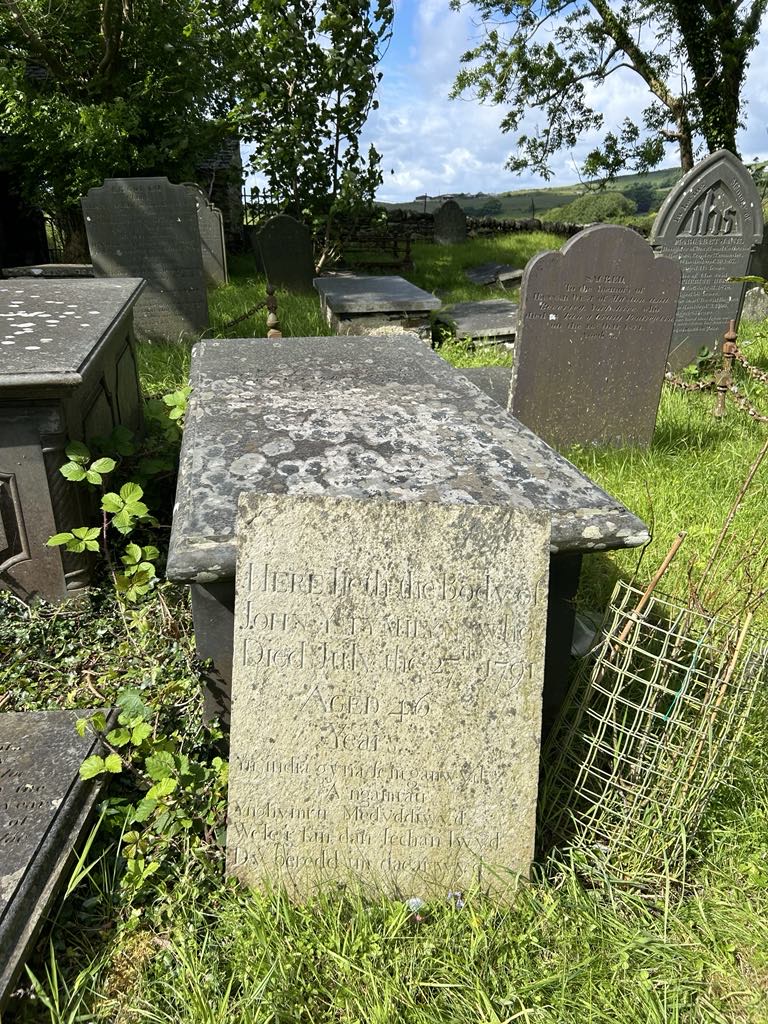
A picture of the grave of John Ystumllyn in St Cynhaearn Church cemetry
Who was Betty Campbell?
Wales has one of the oldest black communities in Britain – and that community was in Tiger Bay, Cardiff which became home to a large community of Somalians following the development of a port there in the nineteenth century (19C).
Betty Campbell was born in Tiger Bay, the docklands area in Cardiff, in 1934. Her mother had a very tough time bringing up Betty because Betty's father was killed in the Second World War. She was very fond of reading and won a scholarship to attend the Secondary School where she was a very bright pupil. When she told a teacher there that she wanted to be a teacher, her response was ‘Oh my dear, the problems would be insurmountable’. This made her very sad but despite her tears, she was determined to succeed.
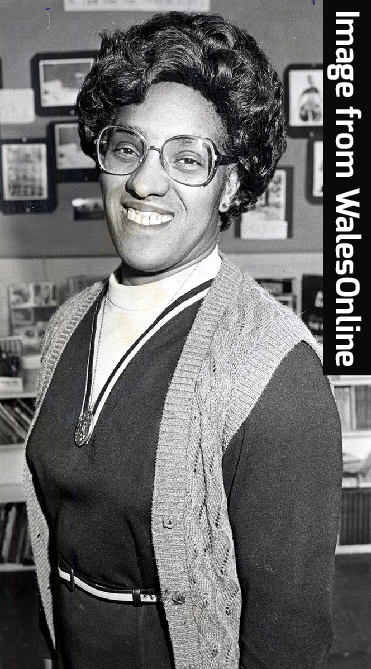
She successfully got into the Cardiff Teacher Training College and became a teacher. She was a very successful teacher and became a headteacher in due course. She managed to introduce the history of black people to her pupils from different backgrounds and demonstrated respect towards different cultures and was involved in establishing Black History Month – 'In our own unique way we were establishing an area where religion, colour didn’t matter – we all respected each other as people'.
A vote was held to choose which woman in Wales should have a statue erected in her memory. The choice was Betty Campbell. This was the first outdoor statue of a woman in Wales ever! It was unveiled in 2021 in Cardiff Central Square. According to the founder of Race Council Cymru ‘Wales has shown that this black woman truly matters to us all’.
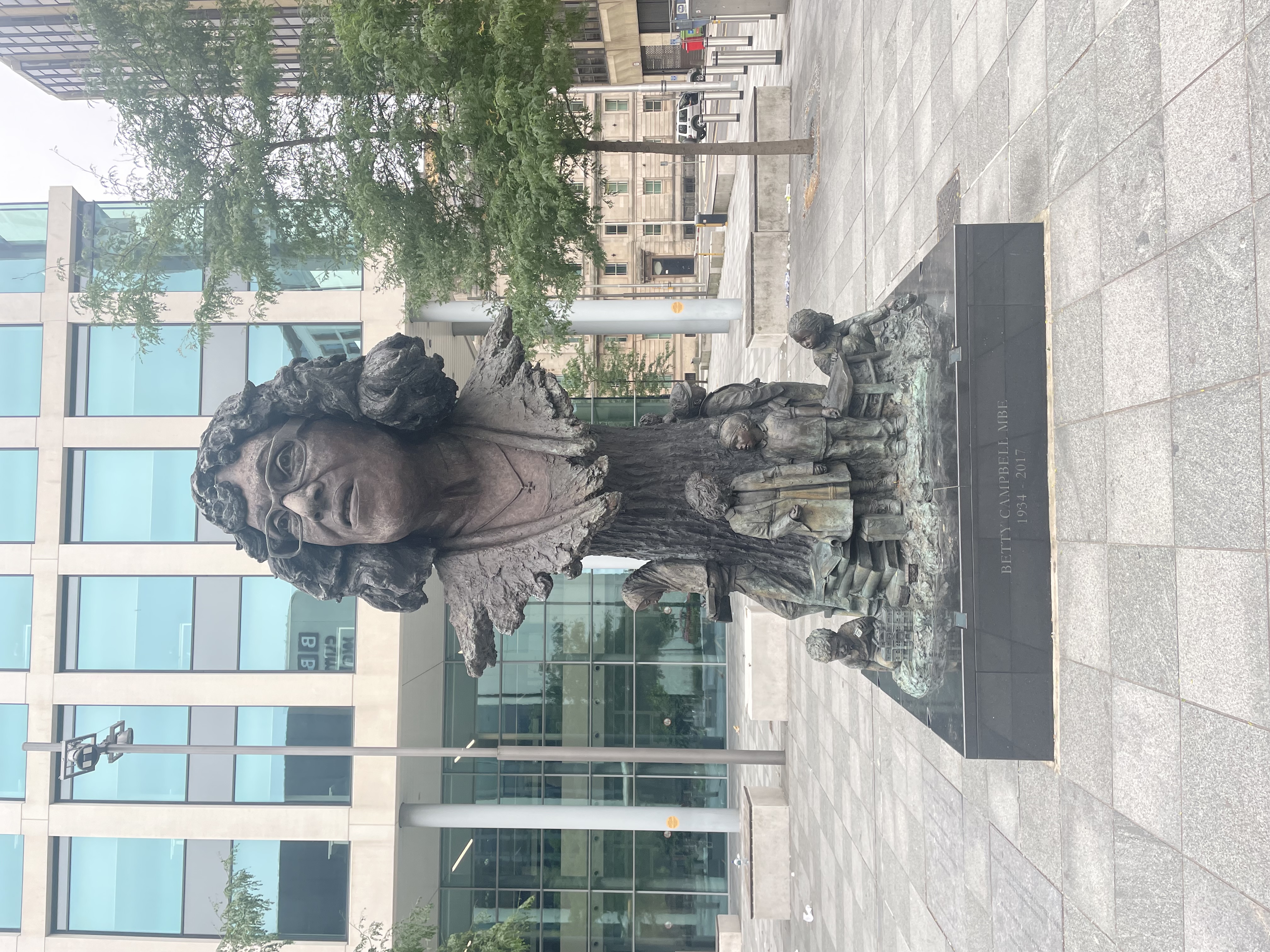
What is the Windrush Generation?
It is a term for the people who migrated to the British Isles from various Caribbean islands between 1948 and 1971. The name came from the ship HMT Empire Windrush that carried the first immigrants in 1948. At the time, these islands were part of the British Empire. The people were welcomed because there was a real need for people to work in all sorts of fields and to re-build Britain after the Second World War (e.g. builders, drivers, cleaners, nurses etc). These people became British citizens and were given the right to live and work in the UK permanently.
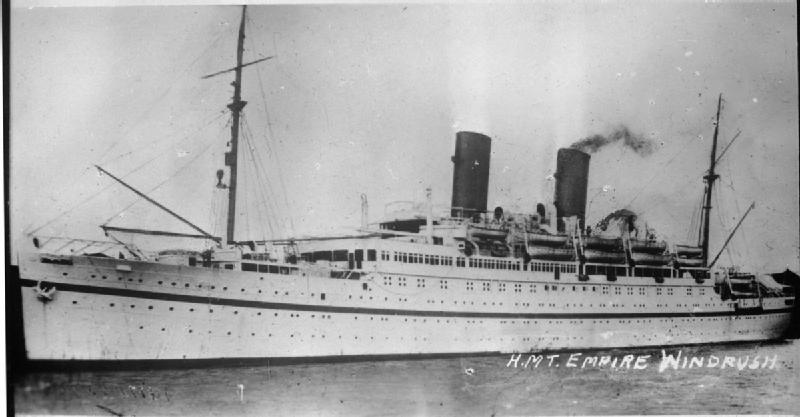
It seemed to be a situation that worked for everyone. But it wasn't so! In 2018 it emerged that the Home Office had not kept records of the people who had been given permission to settle here. It had not provided the necessary paperwork. On top of this, it had also destroyed the landing cards of the Windrush Generation in 2010 – cards that would have proved their right to be here.
The result was that those affected lost the right to work in the UK – they lost the right to medical care and state aid in many ways. At least 83 of these people were forced to leave the country that had been their home, and many others were threatened with deportation from the country. Very simply, many of these people suffered completely unfair treatment because of carelessness.

It is possible that as many as 15,000 people were affected. The government in London had to investigate the matter and had to pay compensation to many victims. That process is still ongoing. A Windrush Day has now been established since 2018, on 22 June, to remember the contribution of Caribbean migrants and their families to the UK.
Many of the Windrush Generation and their descendants came to Wales and the following sites tell some of their stories -
https://www.bbc.co.uk/programmes/p0ggwpj0
We must remember that racism is a much more complex issue and extends beyond skin colour. Racism means using the concept of race to judge or treat another person differently because of their background, culture, or religious beliefs e.g. Gypsy, Roma and Traveller community, individuals of faith such as Judaism or Islam and Refugees or Asylum Seekers. The fight against racism and the struggle for equality are far from over.
Is it possible to get a world without racism?


